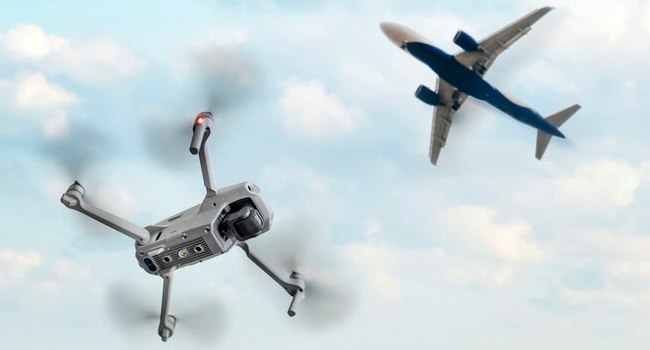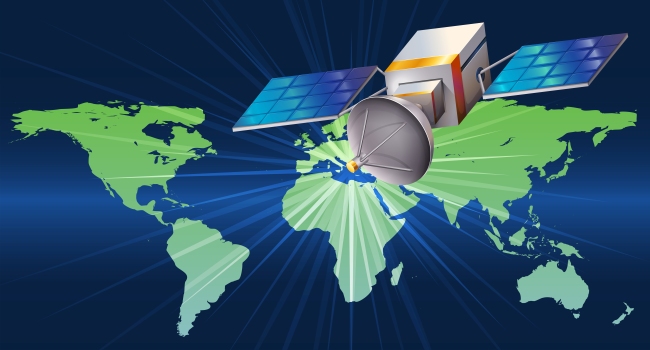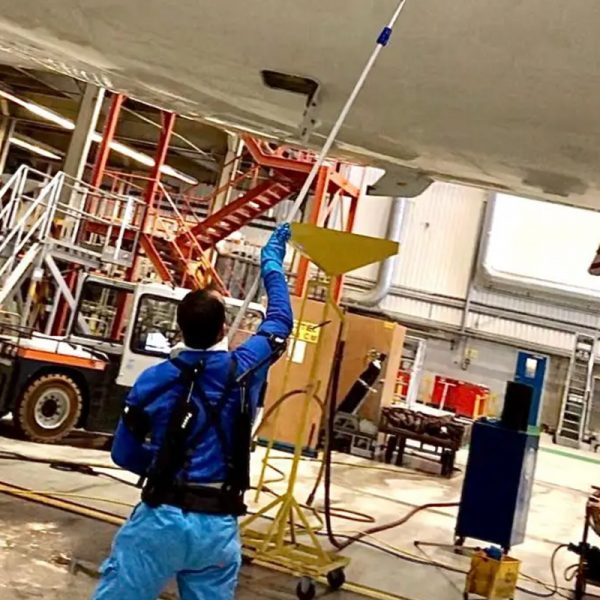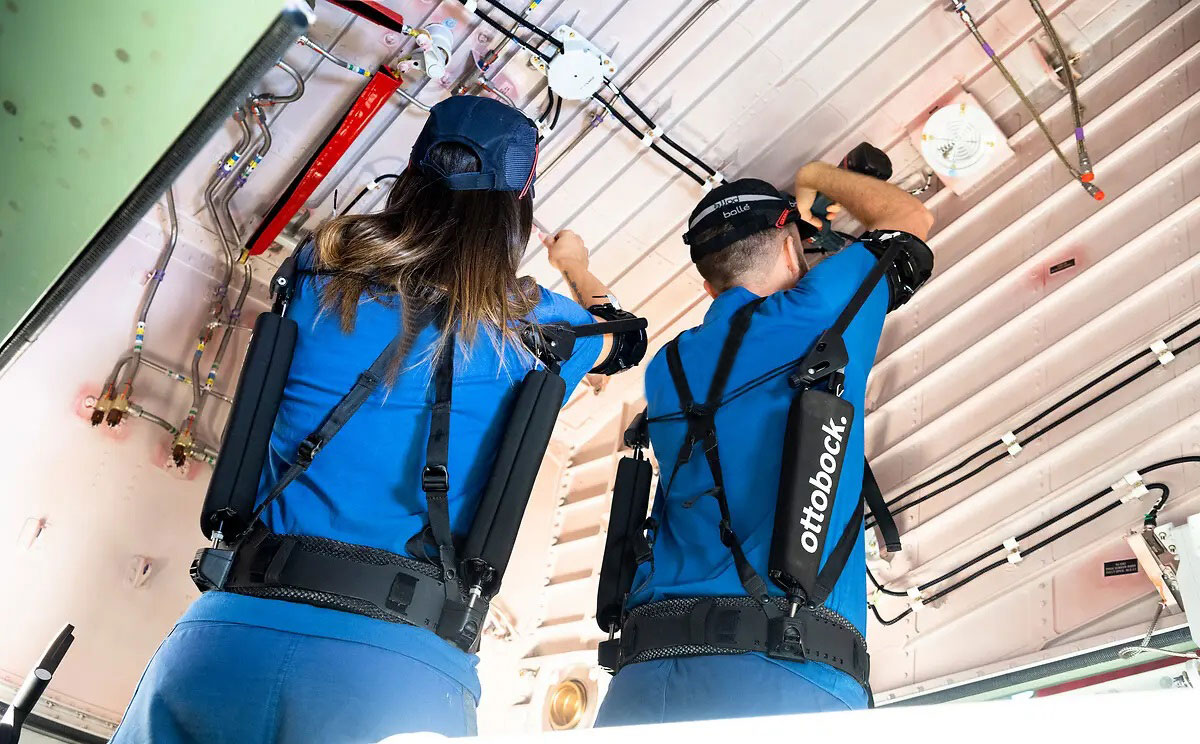Understanding how the Earth’s atmosphere reacts to climate change can help both the aerospace and aeronautics industries advance space and commercial travel technologies. This includes machine learning and deep learning models trained on large volume of satellite images and ground data to predict space weather, assess the potential risk to satellites, insights into novel satellite materials, satellite architecture, and advanced object detection to minimize the risk of missed detection and false alarms.
Predicting space weather by analyzing solar wind effects can help aerospace engineers design, develop and build spacecraft able to better withstand the elements and external forces, making space travel more comfortable and safer. In addition, this data provides early warnings for power companies and governments to avoid disruption as solar wind effects have a significant impact on the performance of power grids and power usage of satellites.
Through our sister company, www.fr-ac.com, we focus on aviation and flight operations. Our proprietary data analytics is used to increase aircraft fuel efficiency and reduce carbon emissions, leading to a more sustainable aerospace and aviation industry.
Solutions

Space Weather Prediction
Solar wind effects impact atmospheric drag in satellites, causes power disruption and disturbance in HF communication.

Advanced Aircraft and Object Detection
A more advanced object detection system can minimize the risk of missed detections and false alarm rate when facing complex and dense targets.

Drones for Aircraft Inspection
Customized autonomous drones can be used to detect surface defects on aircraft. Equipped with high-resolution cameras, laser scanners to create both still images, videos and data for off-line detailed analysis.

Interconnected Mixed Reality Flight Training Program
Interactive virtual training simulations with unique algorithms for calibration of multiple sensors and haptic feedback for immersive experience. Connect multiple people in the same virtual reality room from anywhere in the world.

REIM – Robotic Enterprise Integration Manager
Our powerful A.I. platform, powered by a modern graph-based software stack that uses Semantic Web technologies with RDF as the core data model. REIM captures and connects all types of metadata that turns information into knowledge. It creates linked, durable, and adaptable data frameworks, providing our clients contextual insights and robotic automations to solve real life problems.

Geospatial Artificial Intelligence Systems
Geospatial Technology includes Geographic Information System (GIS), Remote Sensing (RS), and Global Positioning System (GPS). They provide a continuous and constant source of information about Earth and an intelligent methodology for handling all of this geographic data.
They allow to carry out large scale analyses of the Earth’s surface and provide detailed information on different planetary variables. These analyses are essential for decision-making on the sustainable management of natural resources, designing networks of protected areas, and addressing the threats of global change.



Exoskeletons for Aviation
Work-related musculoskeletal disorders (WMSD) are a major cause of lost workdays and one of the greatest burdens for the global economy when measured by compensation costs, lost wages, and lost productivity. In the MRO sector, musculoskeletal disorders (MSD) are responsible for 40% of personal injury incidents, according to the Health and Safety Executive.
Our portfolio of exoskeletons offers various innovative devices to face this challenge in the airplane manufacturing process and airline MRO. We look after people’s health over the long term as they carry out their demanding everyday working routines.
Our exoskeleton can support during airplane manufacturing on the final assembly line, but also in every stage of light and heavy maintenance and has been used during various A, B, C, and D-Checks.
Some examples of use cases in the aviation industry within the different stages are:
- Structural assembly of mechanical parts to fuselage and interior
- Riveting activities
- on the fuselage (body of airplane)
- inside and outside wings
- riveting wings (FAL)
- Electronic installations overhead inside fuselage and cockpit (ceiling and walls)
- Sealing of full airplane (FAL)
- Maintenance of airplane engines
- Pretreating, sanding, and paint coating wings or full airplane
- Cleaning of the airplane body


